“Is what a self-conscious machine expresses the same thing that it really thinks or believes in?What if, there is an inner monologue by the machine before communicating to the outside world? Does a self-aware machine create a certain image (or self-image) of itself? Therefore, is a machine able to make us believe what it wants us to believe in?” -Andreas Lutz
Andreas Lutz is a German artist and experimental musician exploring human machine interaction and communication in his works. He often combines experimental soundscapes to pair with his abstract aesthetics.
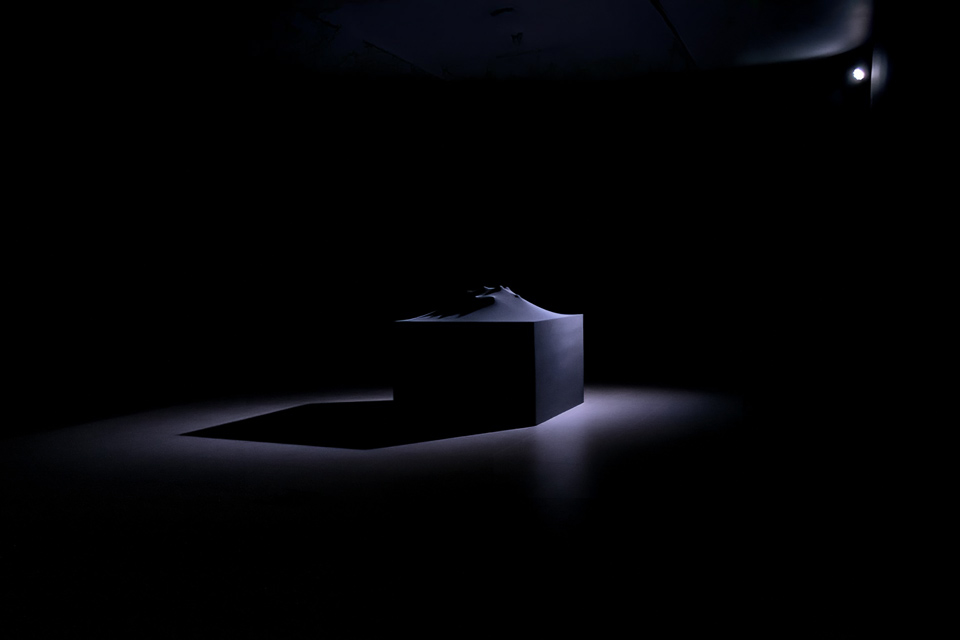
The Monolith YW is meant to depict the abstract process of the inner monologue of a self-conscious machine. It utilizes two contrasting white light sources to illuminate the “primal thoughts” from opposite directions

2020-2022 — Kinetic Sculpture, dim. 120 x 120 x 140cm:
Actuators, LED lights, stretchable fabric, trained artificial neural network, custom software.
Application to Kinetic Fabrics
Although not apparent immediately even from the video, this work relies on an artificially trained neural network based on 25 binary states to inform its motions.
It effectively “creates” expressions in this way allowing the piece to always produce a new experience.
While hopefully not as complicated as a neural network, we can perhaps adapt similar techniques allowing our creations to choose or randomly generate motions to constantly evolve fabric motion.
The piece also effectively uses only 2 LED lights to create space and atmosphere with shadows through the thin matted fabric. We may follow suit to create more dimension in our own creations.
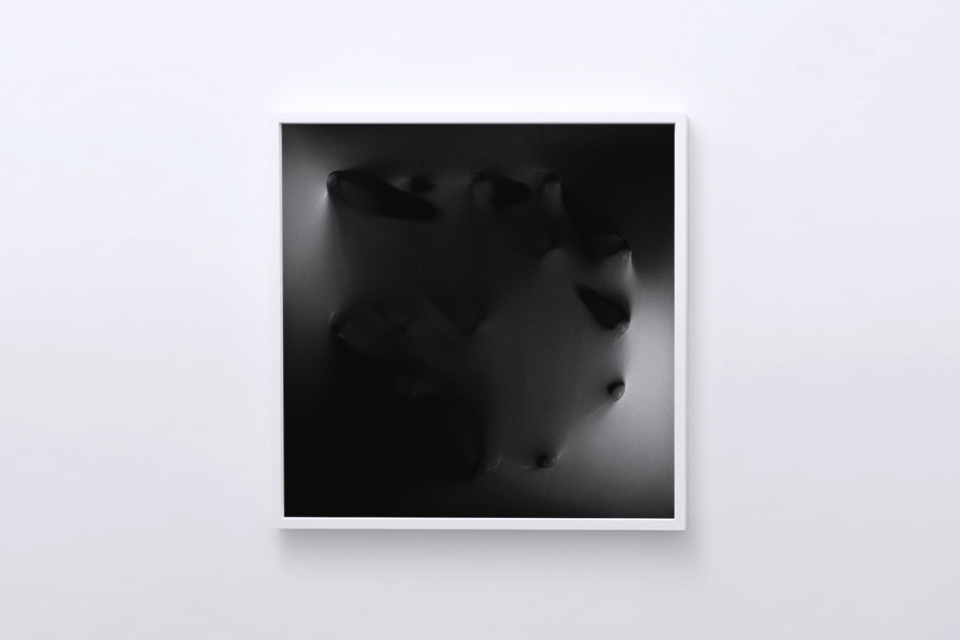
Closely Related Works
- Lutz’s Soft Takeover (2019)
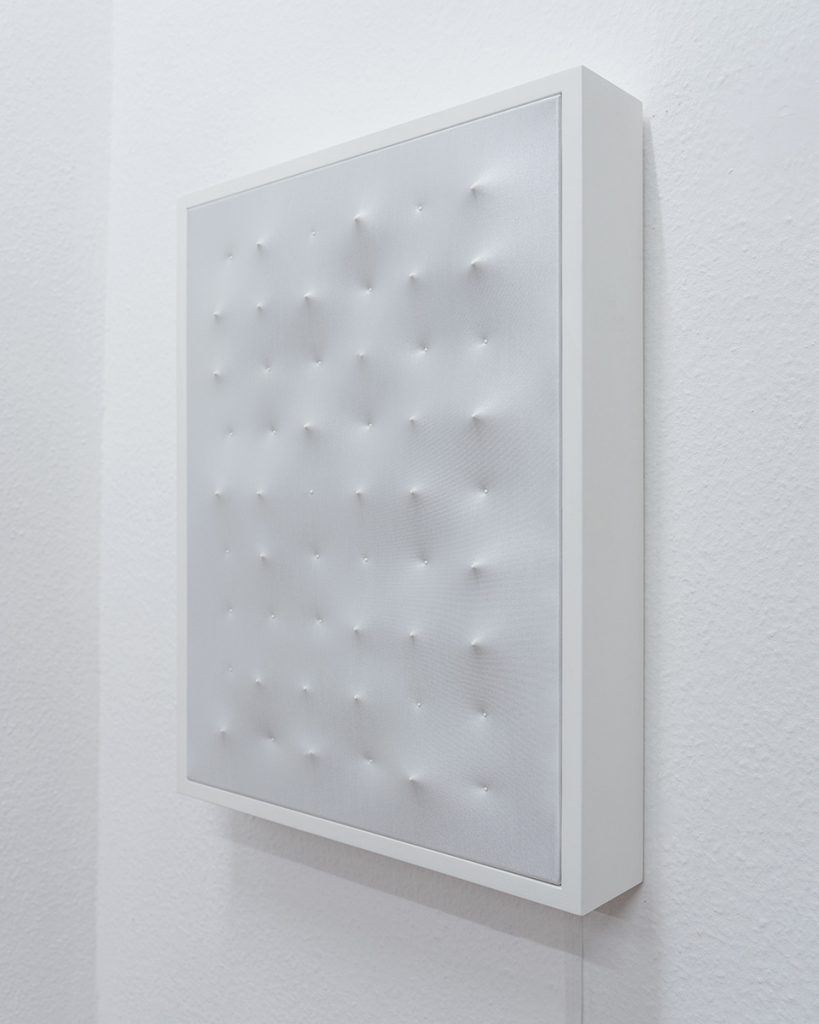

This piece “transfers abstract statements to visually perceptible sequences by occupying an unpainted white canvas frame as its medium.”
- Lutz’s Offset XYZ (2018)
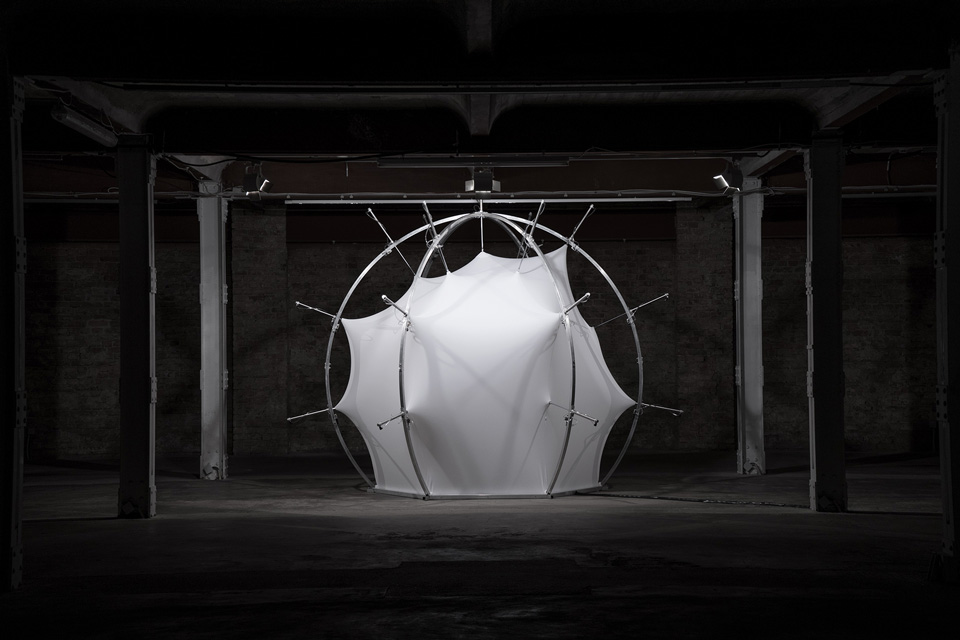
Again, Lutz creates another piece with a custom AI software attempting to communicate with the viewer
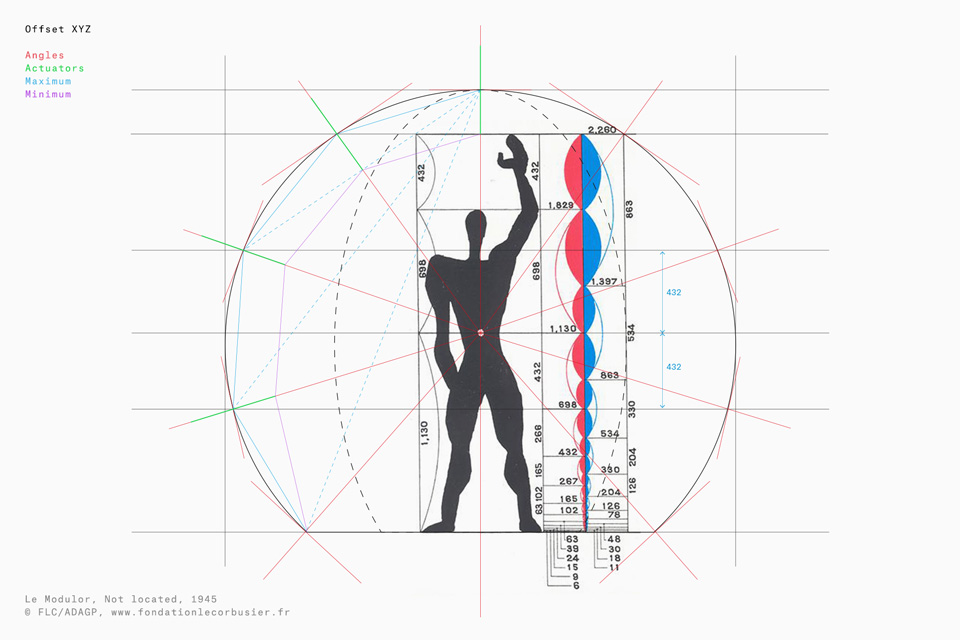
- AI/Neural Networks in Art
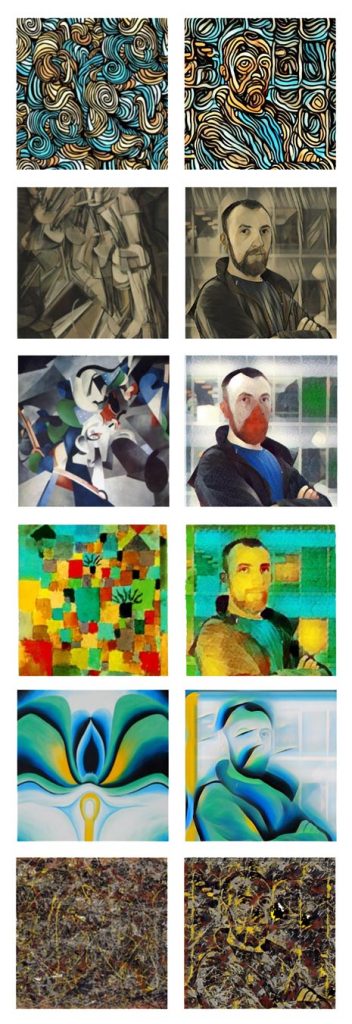
Discussion Questions
- Can a machine be “creative”?
- Should AI or Neural Networks have a place in art?
- At what point does the machine become more than a tool for the artist but an artist itself?
- Does the “value” of art diminish with the decreasing amount of effort required to produce pieces?
References
- https://www.andreaslutz.com/
- https://www.instapainting.com/ai-painter
- https://www.cnn.com/2022/09/03/tech/ai-art-fair-winner-controversy/index.html
Leave a Reply
You must be logged in to post a comment.